Content warning: This article includes references to torture, cannibalism, suicide, incest, sexual assault, and murder.
2015’s Western horror Bone Tomahawk features a brutally dark depiction of the Old West, but the movie’s twists and turns aren’t clearly explained before the grim ending. Bone Tomahawk is the directorial debut of S. Craig Zahler, who went on to direct Brawl in Cell Block 99 and Dragged Across Concrete. Bone Tomahawk divided critics upon release, earning praise for its unflinching brutality but criticism for its questionable representation. Earning less than $500,000 at the box office on a budget of $1.8 million, Bone Tomahawk is one of many Western box office bombs from the early decades of the 21st century.
While the movie’s fusion of horror and Western elements may have driven away viewers, Bone Tomahawk’s cast of characters are still a compelling group. The movie’s plot sees Kurt Russell’s taciturn Sheriff Franklin Hunt lead a group of cowboys from the small town of Bright Hope on a rescue mission. Patrick Wilson’s injured local, Arthur, joins the group since his wife, Samantha, is among the people kidnapped by a tribe of Troglodytes. Inbred mountain people who descended from a Native American tribe, the Troglodytes are amoral villains who torture, maim, and eat their captives. The rescue mission succeeds, albeit with some casualties.
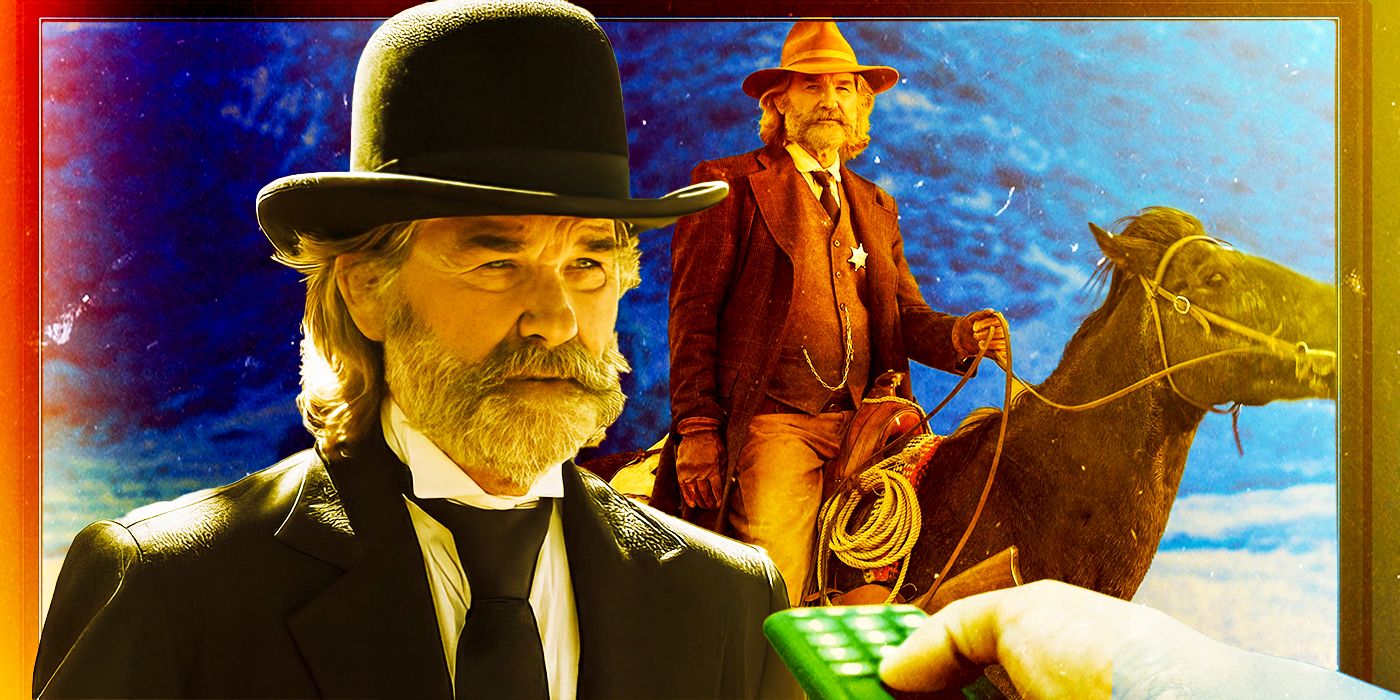
Related
Where To Watch Bone Tomahawk
Bone Tomahawk is a fantastic Western that helped to revive the genre for a new generation, and thankfully it's available to stream right now.
Why Arthur Blows The Whistle In Bone Tomahawk’s Ending
Arthur Hopes To Uncover Any Surviving Troglodytes
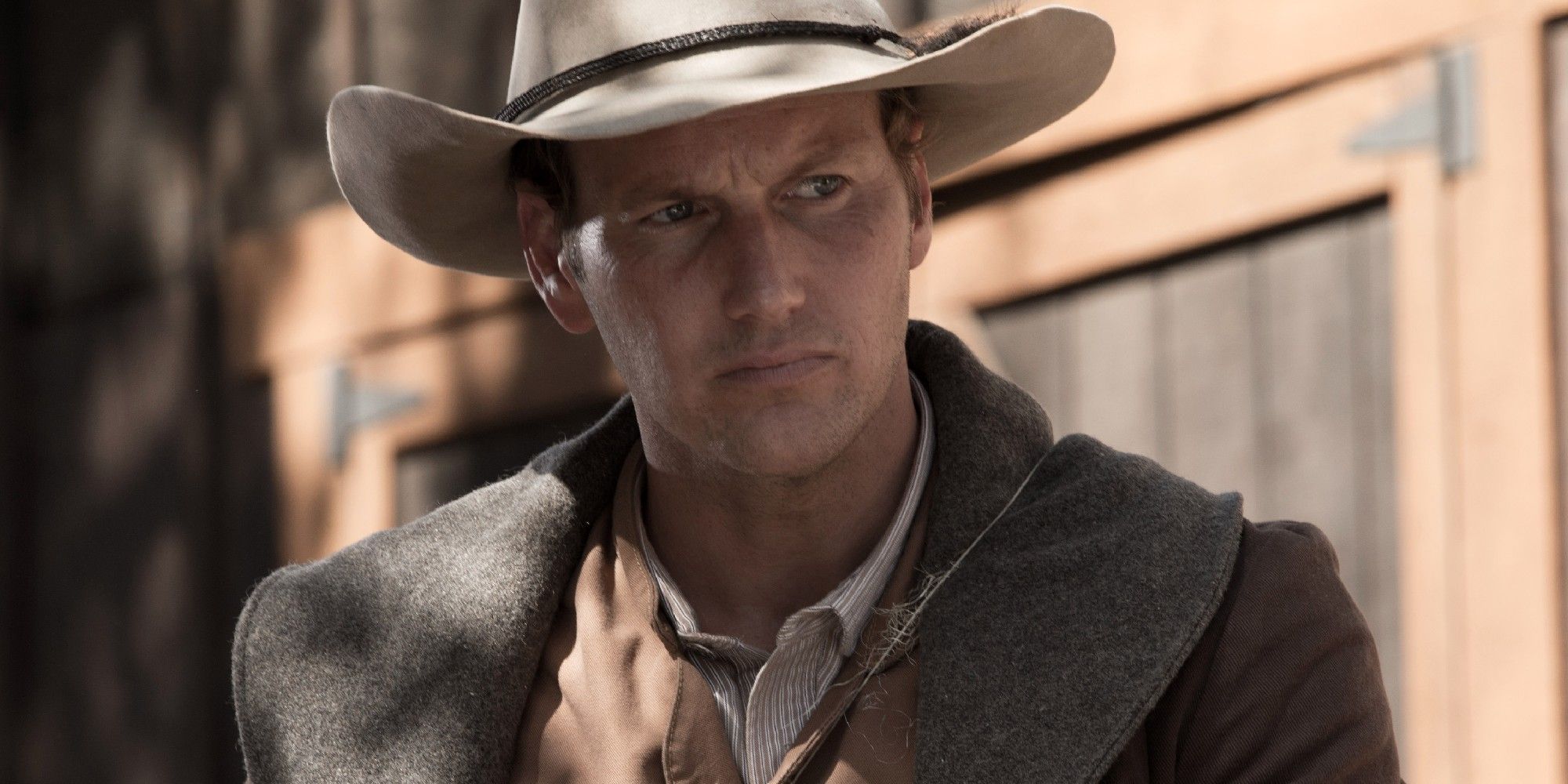
In Bone Tomahawk’s ending, Hunt ends up trapped in the cave lair of the Troglodytes alongside Samantha. The immensely powerful Troglodytes gruesomely kill one of the sheriff’s deputies before Hunt tricks them into drinking opium, killing one and knocking out another. Arthur arrives late and kills a pair of Troglodytes. He discovers that the tribe’s members use bizarre animal bones lodged in their windpipes as a primitive form of communication. Arthur sneaks inside and helps free Samantha and the sheriff’s surviving deputy, Chicory. Hunt and Arthur kill the Troglodyte leader and Hunt stays behind in the cave lair.
The ambiguous ending implies Hunt may have killed the returning Troglodytes before turning his gun on himself.
Once free from the cave, Arthur blows into the Troglodyte’s animal bone whistle while en route home. Since the whistle successfully lured Bone Tomahawk’s troglodyte monsters out of hiding earlier, Arthur reasonably presumes that the same trick will work again. He is relieved to find that none are left, and the group then hears a trio of gunshots emanating from the cave. While Bone Tomahawk’s most gruesome death scene left nothing to the imagination, this ambiguous ending implies Hunt may have killed the returning Troglodytes before turning his gun on himself. Alternatively, he may have killed their female captives.
What Happened To The Female Troglodytes In Bone Tomahawk’s Ending
The Tribe’s Female Members Are Blinded And Have Their Limbs Amputated
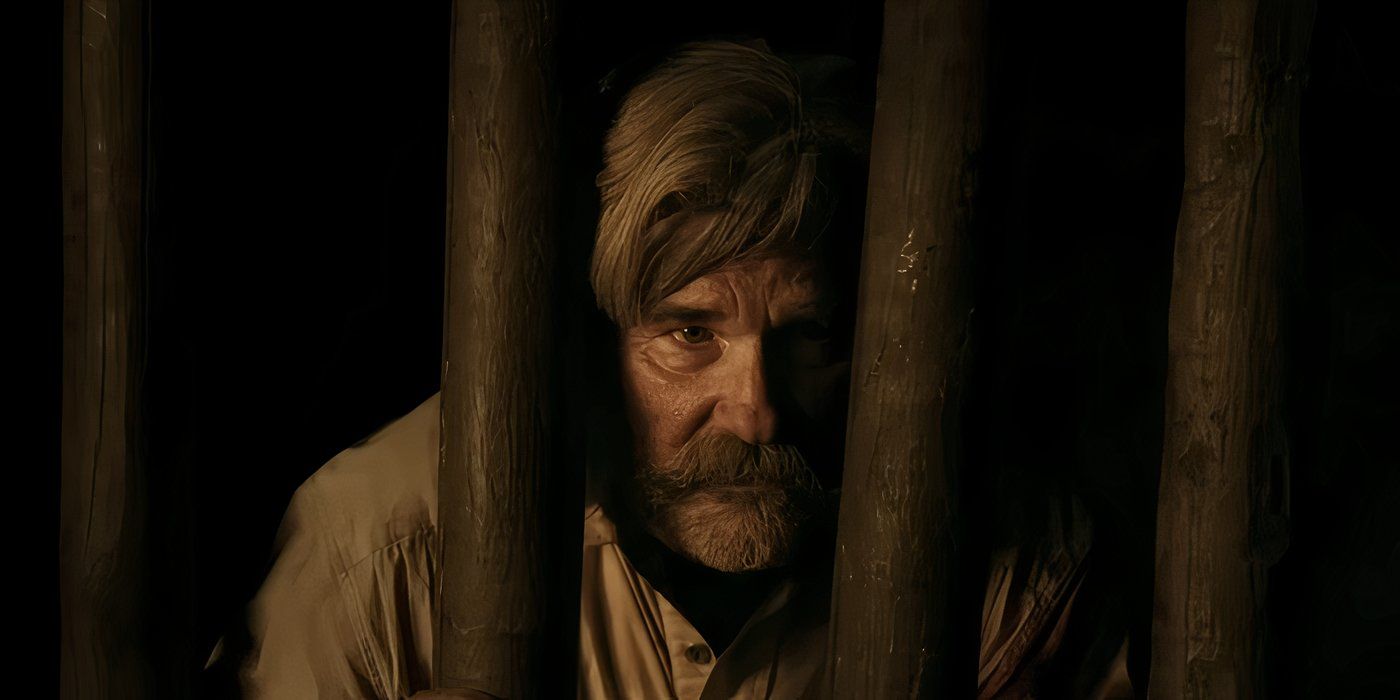
In what remains one of the movie's most controversial twists, Bone Tomahawk’s ending reveals the female members of the Troglodyte tribe are blinded and have their limbs removed. The obvious implication is that the male members of the tribe utilize them for breeding purposes in what is undoubtedly the movie’s most unsettling image. This shocking premise has no basis in reality or any form of historical record, leading some reviewers to criticize Bone Tomahawk’s contributions to the Western genre's historically problematic depiction of Native American tribes and their traditions. Notably, Bone Tomahawk features one educated Native American character.
The fate of Bone Tomahawk ’s female Troglodytes is left unclear.
This minor supporting character disavows the savagery of the Troglodytes, distancing them from real-life Native American tribes. Despite this, the horrific fate of the native women still earned pushback. Kurt Russell’s horror movie plays out like a Western spin on The Hills Have Eyes, and 2007’s The Hills Have Eyes Part II did feature a similarly stomach-churning sequence. The fate of Bone Tomahawk’s female Troglodytes is left unclear. Hunt may have mercy-killed them off-screen during the final scene, or they may have been left to die slowly after the male Troglodytes were wiped out.
Why Hunt Stays In The Cave In Bone Tomahawk’s Ending
Kurt Russell’s Character Sacrifices Himself To Save The Survivors
In Bone Tomahawk’s ending, Kurt Russell’s Hunt stays in the cave so that he can kill any Troglodytes who return before he dies. Hunt accepts that he’ll die soon, since the extensive torture the tribe’s members inflicted upon him is too substantial to survive. Rather than immediately taking his life, Hunt opts to lie in wait and ambush any surviving Troglodytes. This is an ironic mirror of how the Troglodytes themselves have operated throughout the movie, attacking the crew of cowboys when their defenses were down and invading both their town and campsites under cover of darkness.
Hunt needs to outwit the tribe’s members to allow the survivors to overpower the physically stronger troglodytes.
How Hunt Saves Arthur O’Dwyer In Bone Tomahawk’s Ending
The Sheriff Tricks The Troglodytes Into Drinking Opium-Spiked Liquor
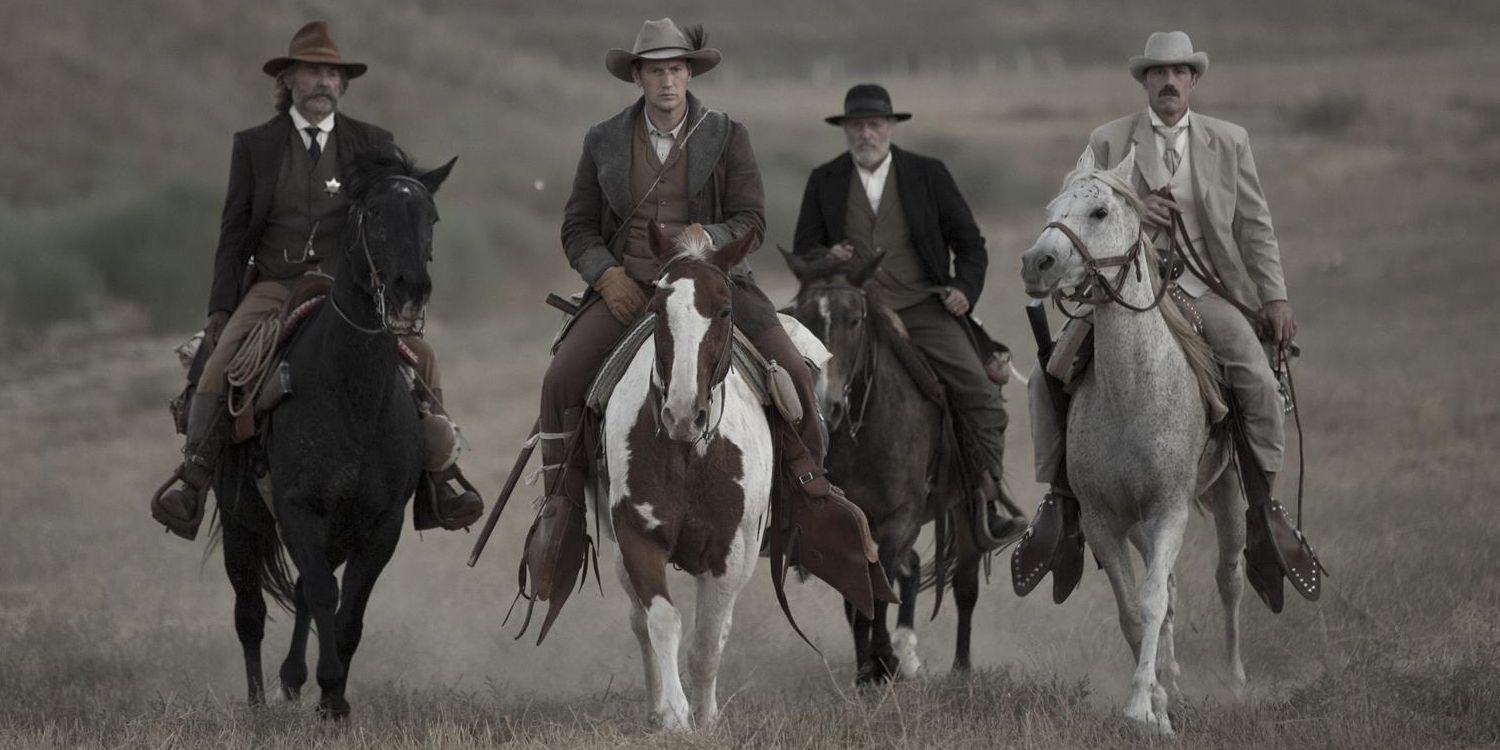
The Troglodytes of Bone Tomahawk are stronger than any human, with the villains of Kurt Russell’s Western movie resembling mythical monsters more than human antagonists. As such, Hunt needs to outwit the tribe’s members to allow the survivors to overpower the physically stronger troglodytes. Russell’s hero manages this feat when Hunt mixes opium into his liquor flask and tricks the Troglodytes into consuming it, resulting in one villain dying of an overdose while another is left unconscious. Enraged by this trick, the leader later heats the same flask and pushes it into Hunt’s open wound as revenge for his losses.
What Bone Tomahawk’s Ending Really Means
The Controversial Horror Western Offers A Grim View Of The Wild West
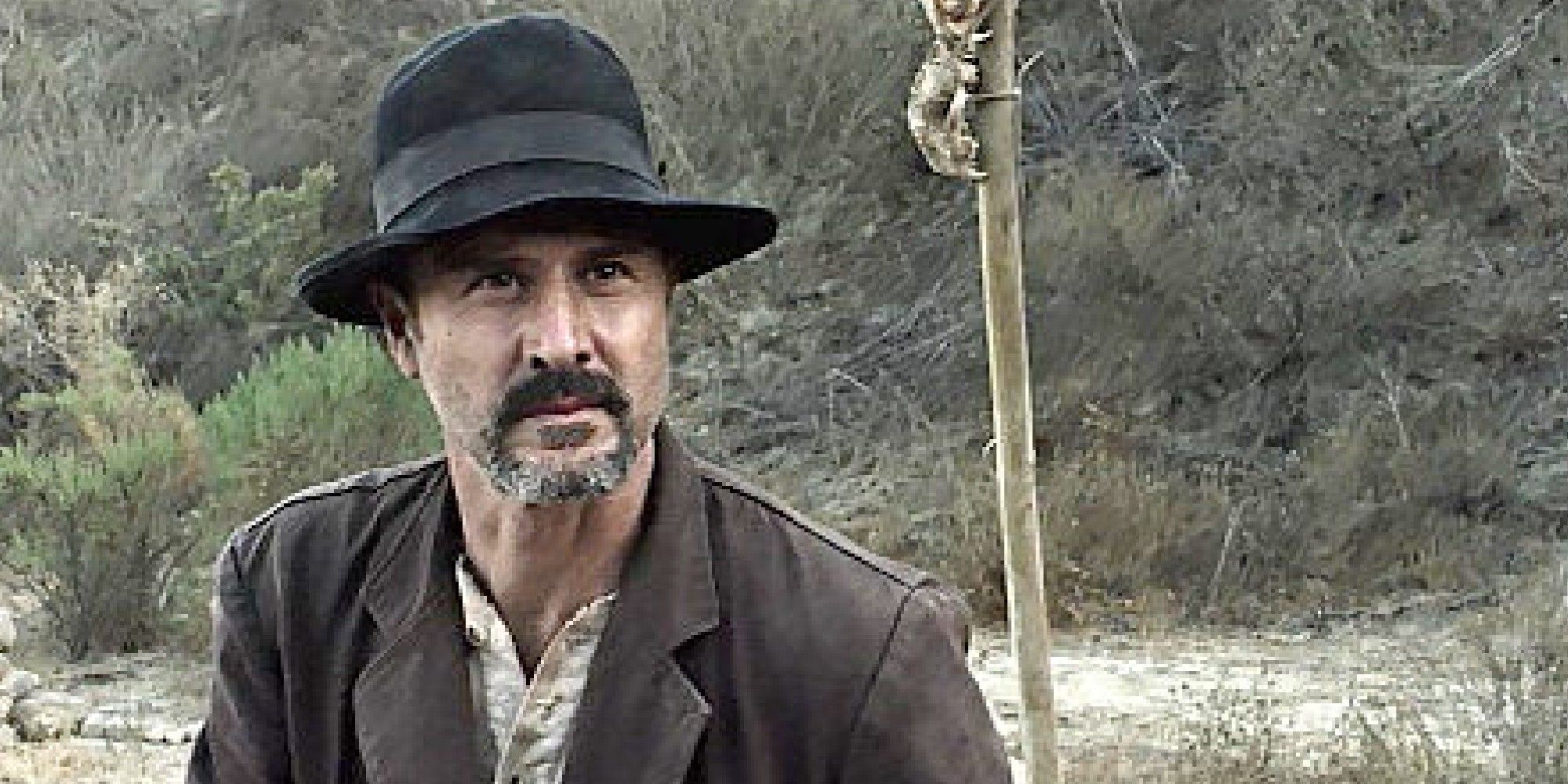
As Matthew Carter argued in "The Perpetuation of Myth: Ideology in Bone Tomahawk,” the Western horror recasts the Native American antagonists of earlier Westerns as absurdly evil, inhuman monsters. This results in an exaggerated version of the problematic “Cowboys and Indians” stories found in the genre’s pre-Revisionist era, with the horror elements allowing Bone Tomahawk to render its natives as more monstrous than any earlier Western villains. Since the opening act features a lone Native American character saying that the Troglodytes aren’t ordinary Native Americans, the movie can depict them as uniquely abhorrent without fear of criticism.
Bone Tomahawk’s Troglodytes are an embodiment of the most outrageous, exaggerated fears projected onto Native American tribes. Where the equally violent novel Blood Meridian features scenes of breathtaking horror inflicted by settler colonizers upon indigenous populations, here, Bright Hope's Indigenous population are depicted as an irredeemable group of monsters who need to be violently destroyed as soon as possible. As such, Bone Tomahawk’s critics like Carter posit that the Western horror’s story justifies the ideology of Manifest Destiny. Bone Tomahawk’s villains are so far from human that it is not only excusable, but necessary to eradicate them as quickly as possible.
How The Bone Tomahawk Ending Was Received
The Final Moments Of The Horror-Western Received Significant Praise
2015's Bone Tomahawk was considered a triumph for director S. Craig Zahler, with few movies before or since being able to so effectively blend the horror and western genres. Praise from critics was near-universal, with the movie sitting on a 91% critical score from Rotten Tomatoes. General viewers were slightly less forgiving (the movie's audience score is 74% comparitively), though the criticisms here tend to be from fans of westerns or horrors who feel the movie leans too far into whichever genre of the two is their second-preference.
When it comes to praise for the movie, the ending of Bone Tomahawk unsurprisingly comes up a lot. It's in the final scenes that the horror aspects of the story truly come to the fore, and when the most harrowing moments take place. This hasn't been lost on critics, and many have singled out the final moments when the gunshots are heard in the distance, Hunt's fate at the hands of the Trogladytes, to be among the best cimematic moments of 2015.
Criticisms for the movie also mention this issue, though not because there's a perceived flaw in it. Rather, the critical responses put forward that pacing issues make the ending feel too abrupt. There's no denying that Bone Tomahawk is a slow-burn, with the pace and action multiplying by several magnitudes only in the very last portions of the third act. While many have seen the sudden acceleration as a plus, other have found the rollercoaster-like acceleration jarring.
Still, even then the focus does seem to be on everything that precedes the Bone Tomahawk ending as too slow-paced, with the suggested remedy being to speed up the majority of the movie, rather than slow down the final scenes. These opinions were few and far between among critics though, and it's safe to say that the Bone Tomahawk ending was seen as a key strength of Zahler's movie by the majority who've seen it.
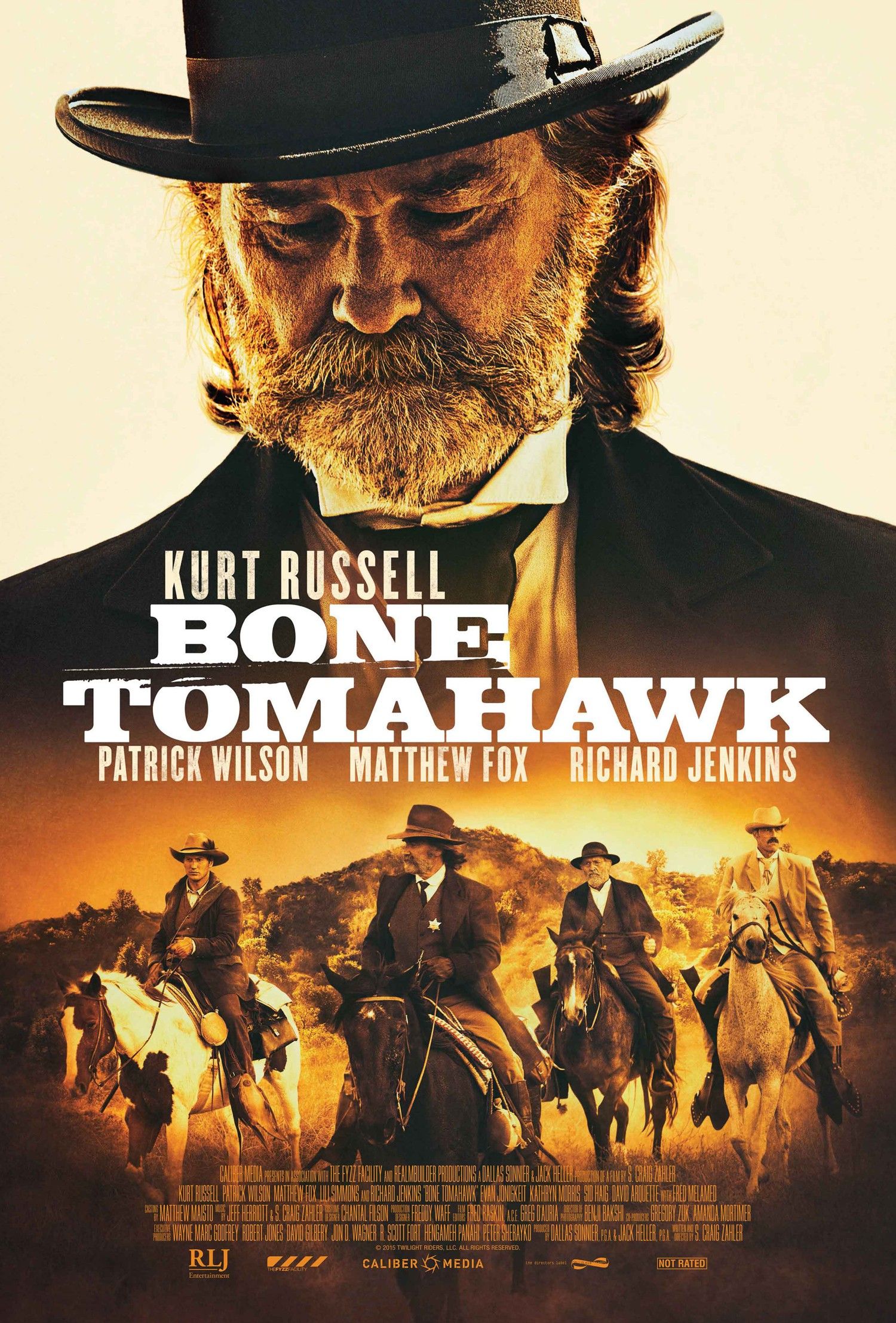
Bone Tomahawk is a Western film that follows Sheriff Franklin Hunt, who gathers together a group of fighters to save three kidnapped victims from a clan of cannibals. After the town's doctor is kidnapped along with two others, forcing the sheriff to partner with the town's Native American professor and find the tribe before it's too late.
Director S. Craig Zahler
Release Date October 23, 2015
Writers S. Craig Zahler
Runtime 132 minutes

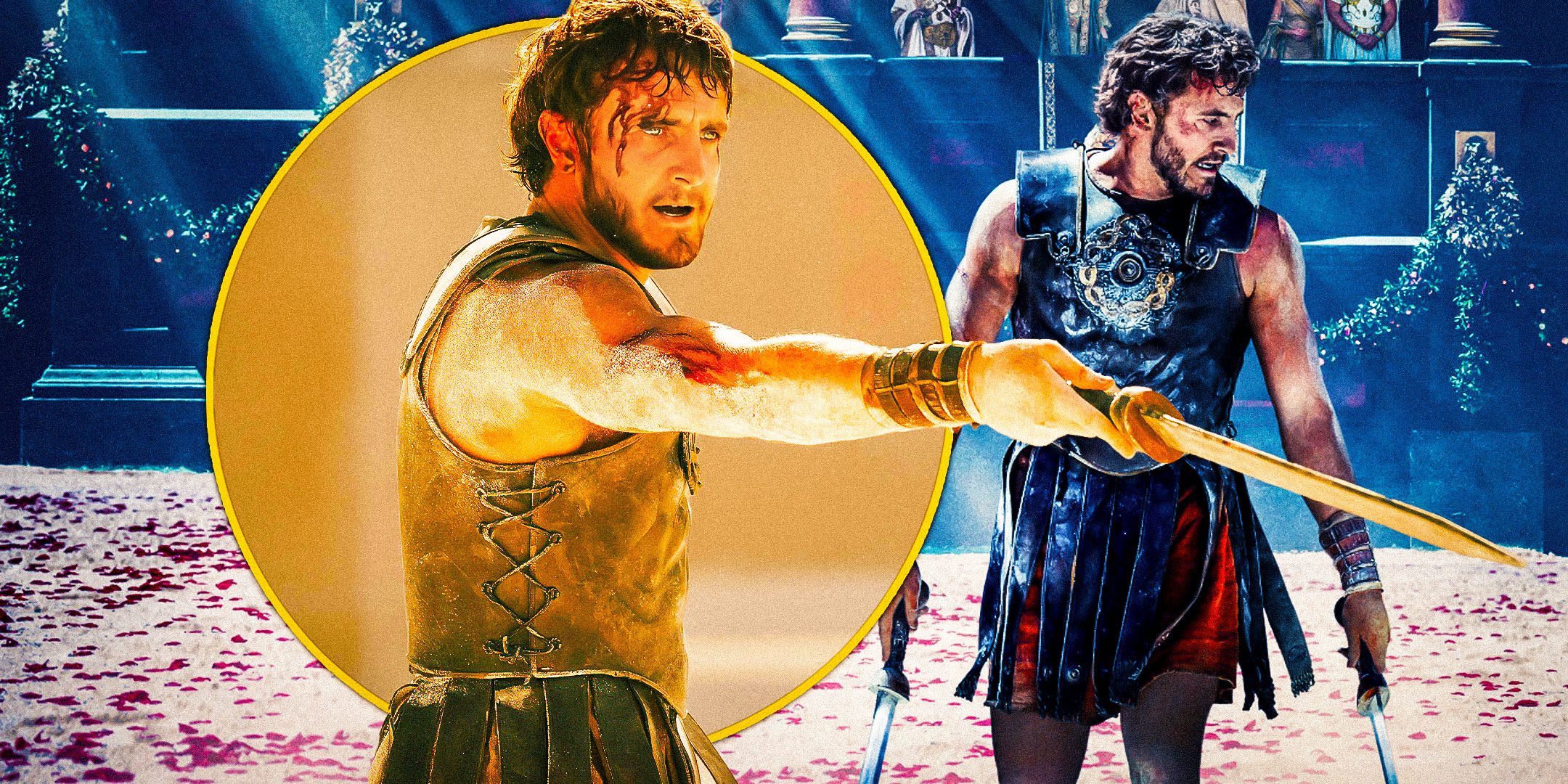
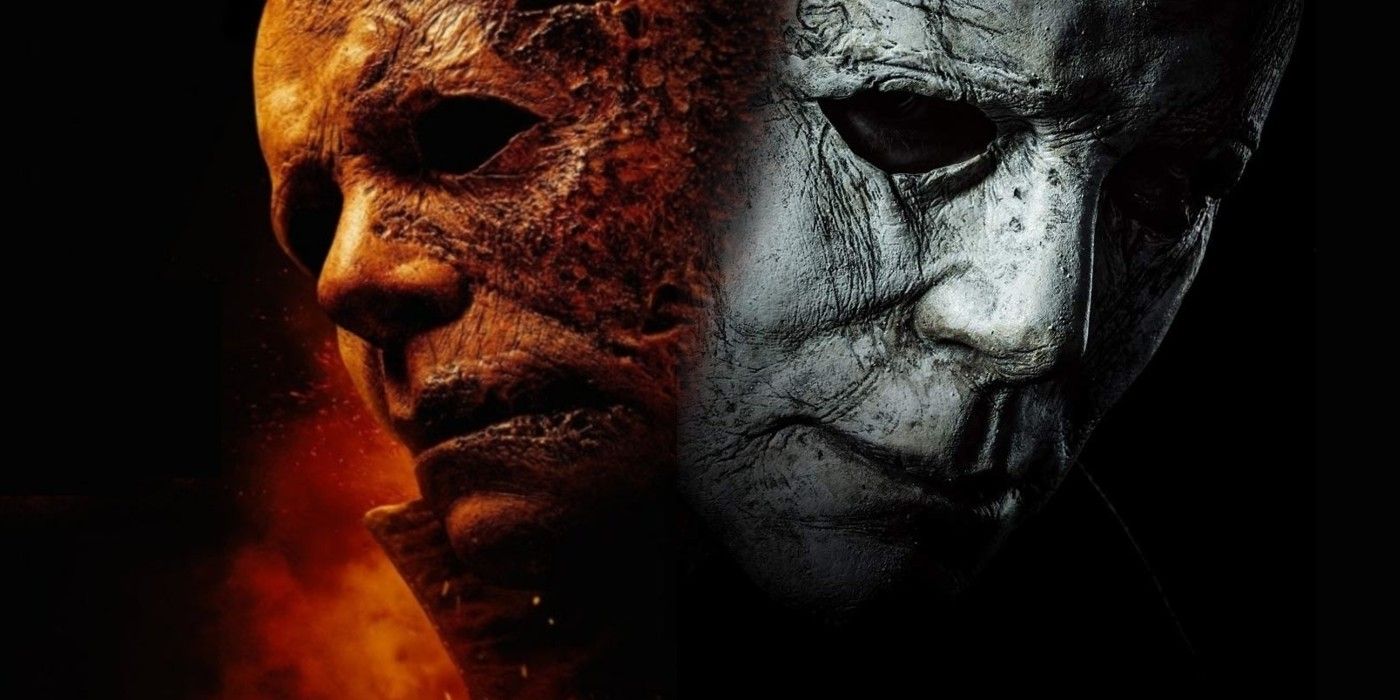
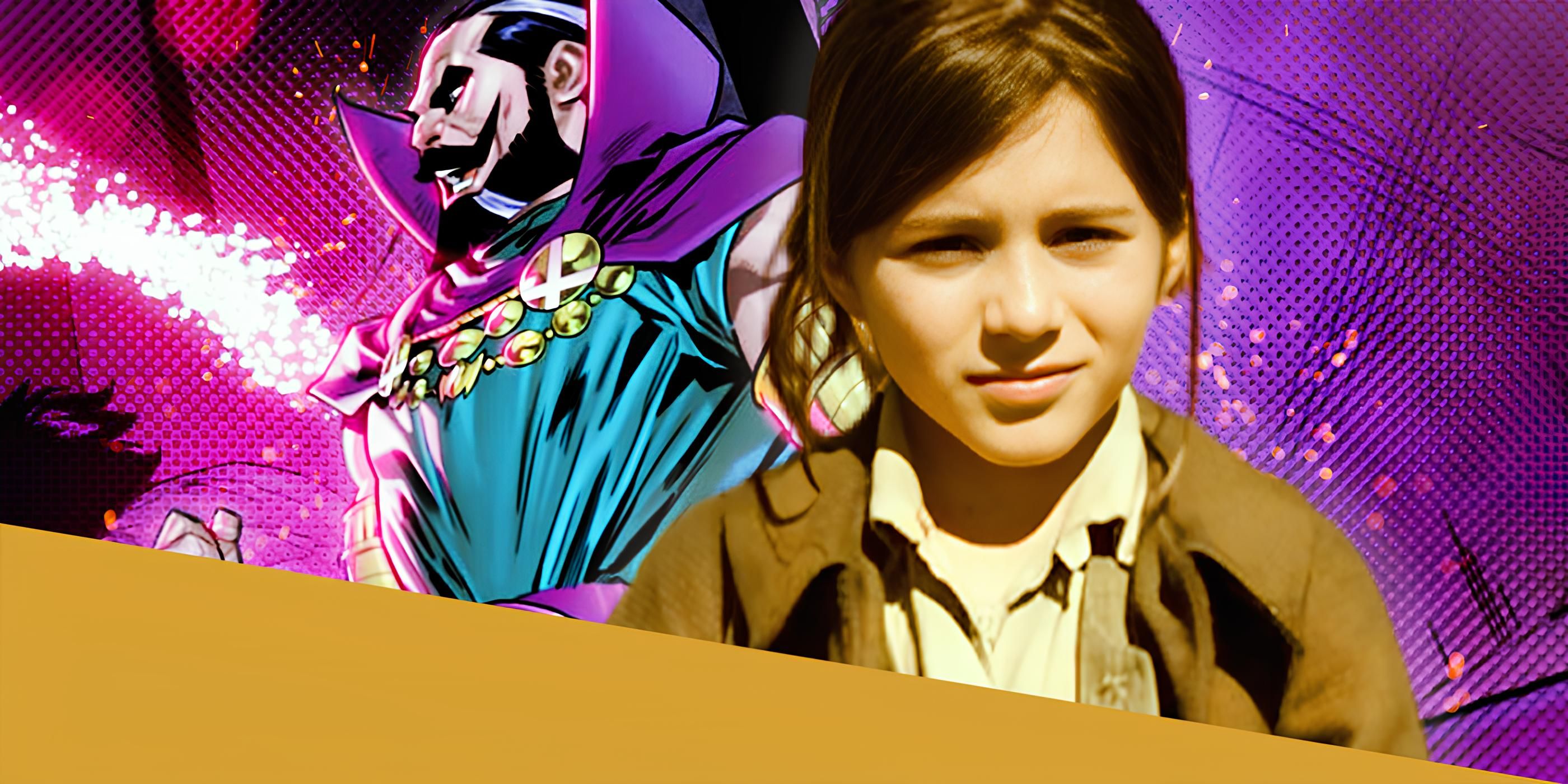

:quality(85):upscale()/2024/10/31/801/n/49351082/b84152bf6723c91b32cc73.86821940_.jpg)

:quality(85):upscale()/2024/11/01/729/n/49351082/edfd0f616725023b36fdf0.07661898_.jpg)

 English (US) ·
English (US) ·